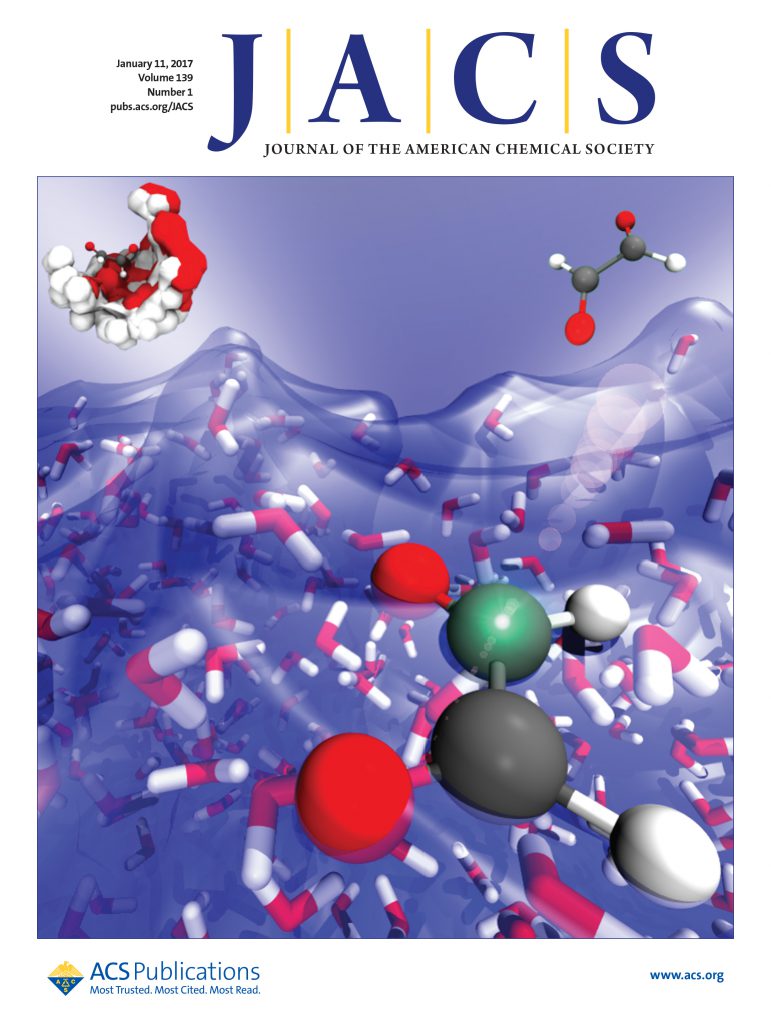Design of Twisted Two-Dimensional Heterostructures and Performance Regulation Descriptor for Electrocatalytic Ammonia Production from Nitric Oxide
IF 14.4
1区 化学
Q1 CHEMISTRY, MULTIDISCIPLINARY
引用次数: 0
Abstract
The electrocatalytic reduction of nitric oxide (NO) to ammonia (NH3) represents an attractive alternative for valorizing waste NO streams (NORR). However, discovering efficient catalysts for NO-to-NH3 conversion remains challenging. We have designed metal-intercalated twisted graphene-BN heterostructures, in which metal atoms act as electron-transfer bridges. The twisted configuration facilitates cross-interface charge transfer, redistributing electrons from the graphene–metal interface to the metal–BN interface and BN surface. This electronic modulation enables boron atom adjacent to the metal center in BN to serve as active sites, promoting strong chemisorption and enhanced activation of NO. After high-throughput screening of the stability and NO capture ability of various transition metal-intercalated twisted heterostructures, we have investigated systematically the NORR pathways across 30 candidates. The results show that the rBN-Ti-Gθ and rBN-V-Gθ heterostructures exhibit exceptional NO-to-NH3 catalytic performance under optimized twisting conditions. Additionally, using sure independence screening and sparsifying operator (SISSO) for model training, we propose a descriptor and establish a relationship between the twist angle and catalytic activity. This study bridges the gap in applying twisted heterostructures to NORR electrocatalysis and provides new insights and strategies for designing high-performance NORR catalysts.

求助全文
约1分钟内获得全文
求助全文
来源期刊
CiteScore
24.40
自引率
6.00%
发文量
2398
审稿时长
1.6 months
期刊介绍:
The flagship journal of the American Chemical Society, known as the Journal of the American Chemical Society (JACS), has been a prestigious publication since its establishment in 1879. It holds a preeminent position in the field of chemistry and related interdisciplinary sciences. JACS is committed to disseminating cutting-edge research papers, covering a wide range of topics, and encompasses approximately 19,000 pages of Articles, Communications, and Perspectives annually. With a weekly publication frequency, JACS plays a vital role in advancing the field of chemistry by providing essential research.

 求助内容:
求助内容: 应助结果提醒方式:
应助结果提醒方式:


